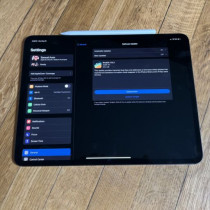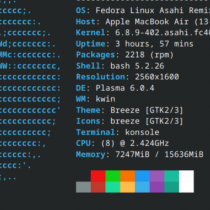Cloud brokering: Building a cloud of clouds
The essence of cloud computing—what makes a cloud, well, cloudy—is the fact it’s an abstraction. The cloud hides underlying complexity while presenting a simplified interface to the consumer. Of course, abstractions are nothing new in the world of IT: compiled languages, graphical user interfaces, and SOA-based Business Services are all examples of abstractions. After all, everything we’re doing in IT boils down to zeroes and ones in the end. Layers of abstraction are how we deal with this never-ending stream of bits.
The business service abstraction in the SOA context provides flexible, loosely coupled access to application functionality and data. The cloud abstraction, on the other hand, delivers a shared pool of configurable computing resources of various types (processors, storage, etc.) that can be dynamically and automatically provisioned and released. The two approaches solve different problems, but nevertheless both simplify the underlying technical complexity while providing greater agility to the consumer of the respective abstractions.
Another critical benefit of both abstractions is increased fault tolerance. If something goes wrong beneath the abstraction, then it should be possible (at least in theory) to failover to a backup or route around the problem without adversely impacting the consumer. In the case of business services, the intermediary (typically an ESB or XML appliance) handles this routing, while the underlying cloud provider infrastructure handles failover within the cloud.










































































